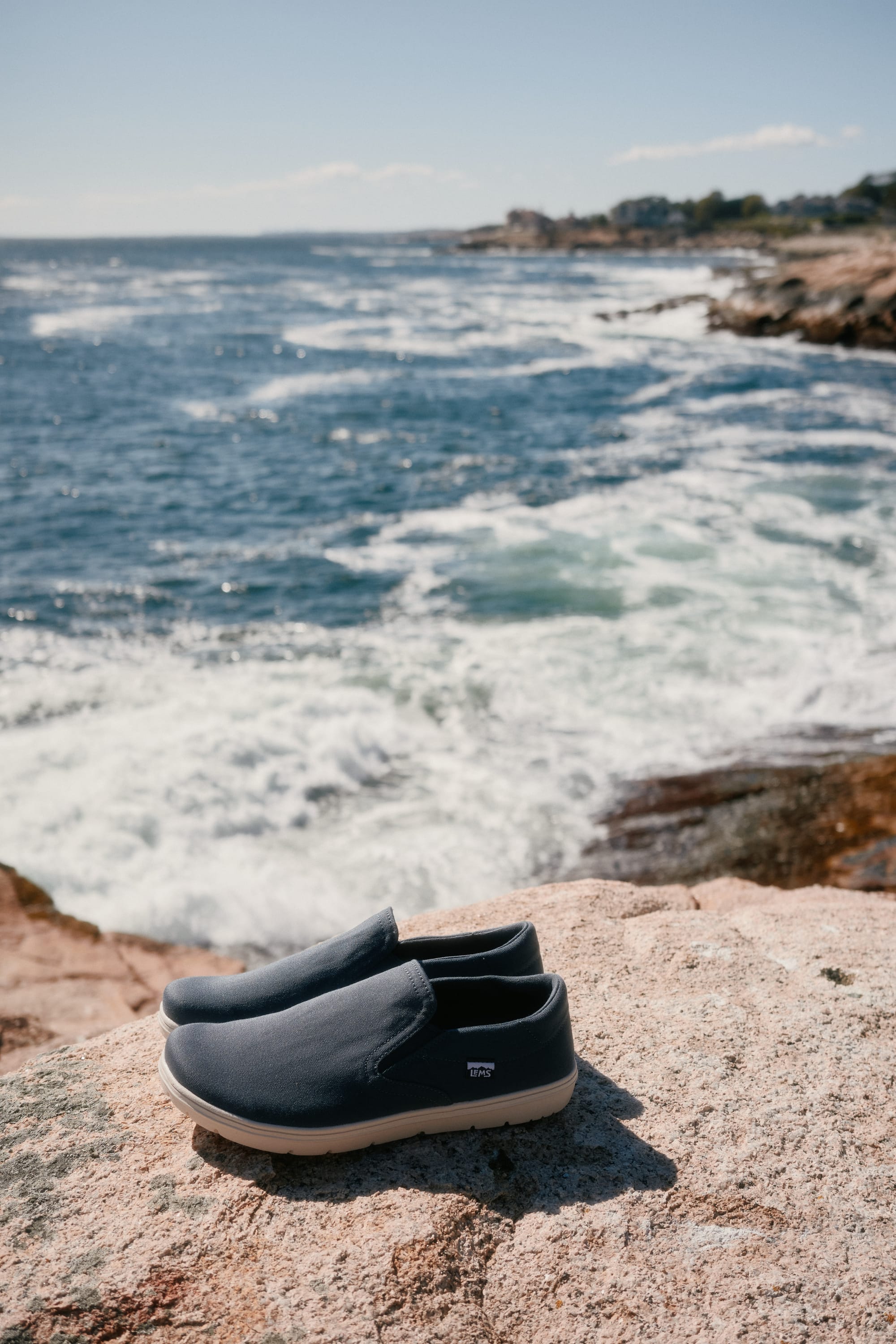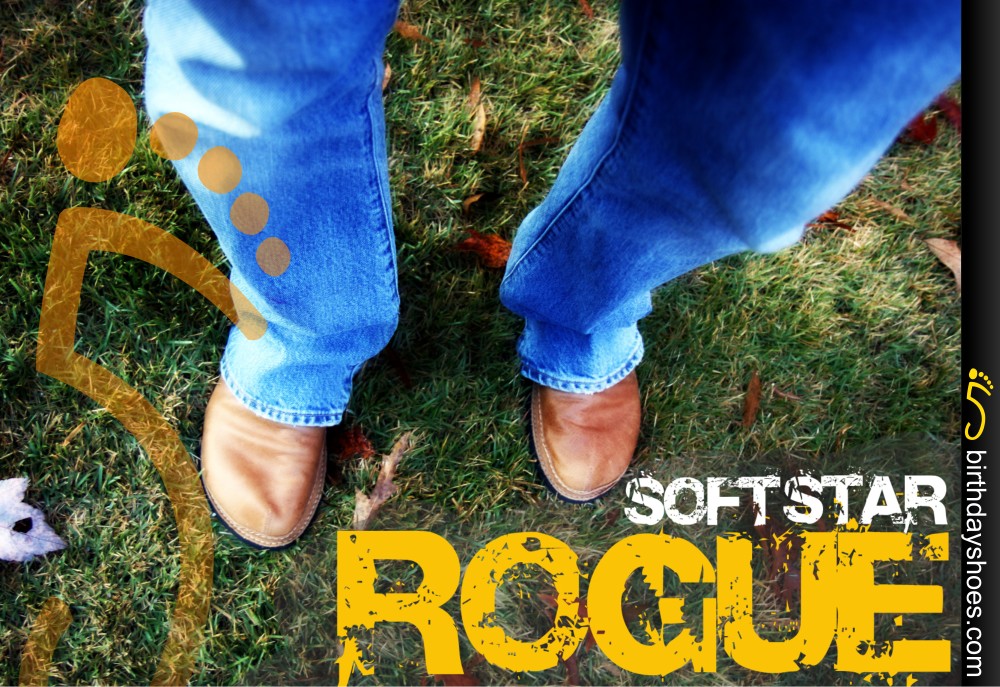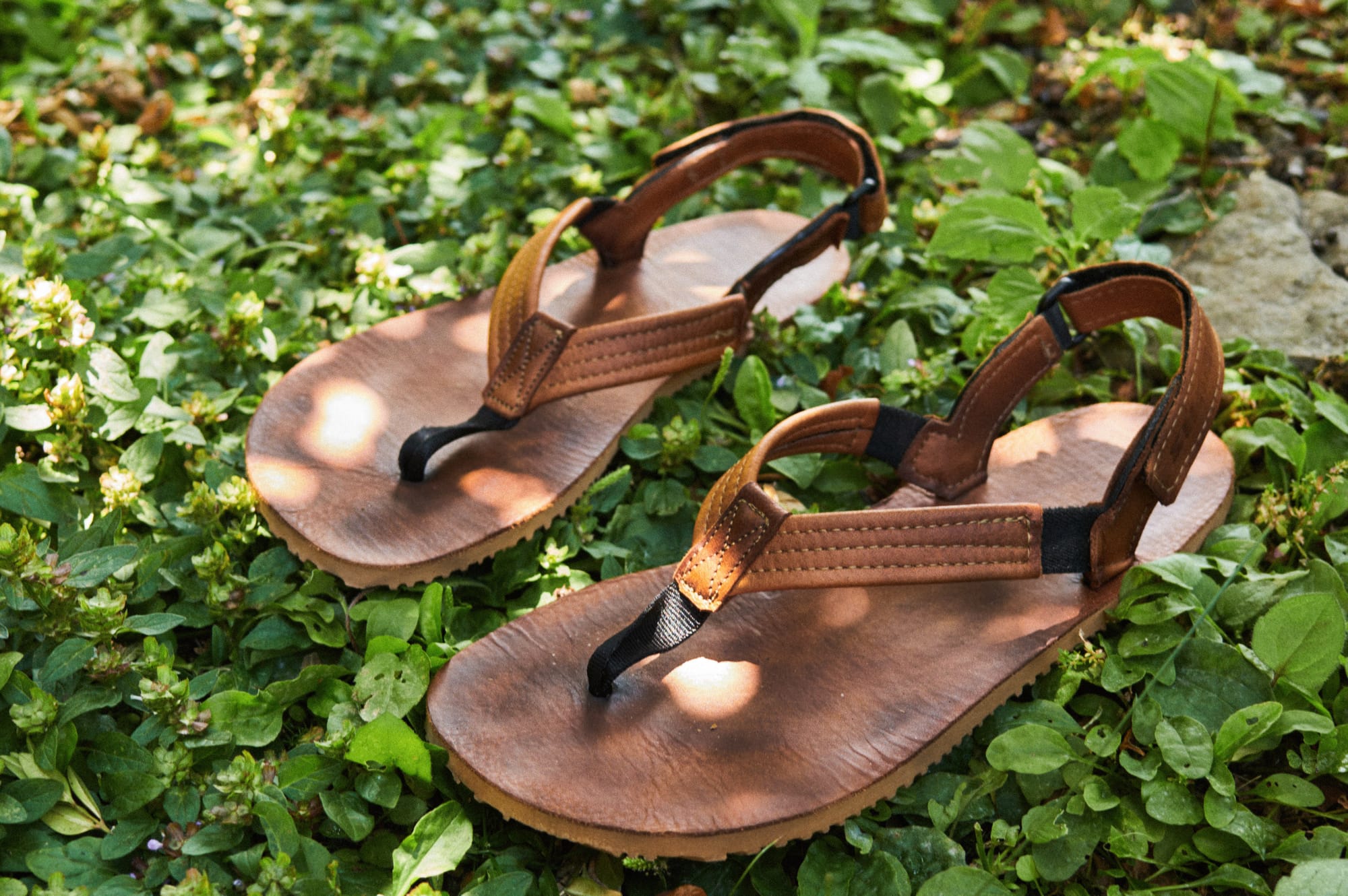Xero Shoes Prio Running Shoe Review
After making a name for themselves with their numerous sandal options, Xero Shoes have released their first dedicated running shoe: The Prio. Xero sent me a pair to test and review for BirthdayShoes readers, and in short, the Prios are relatively…
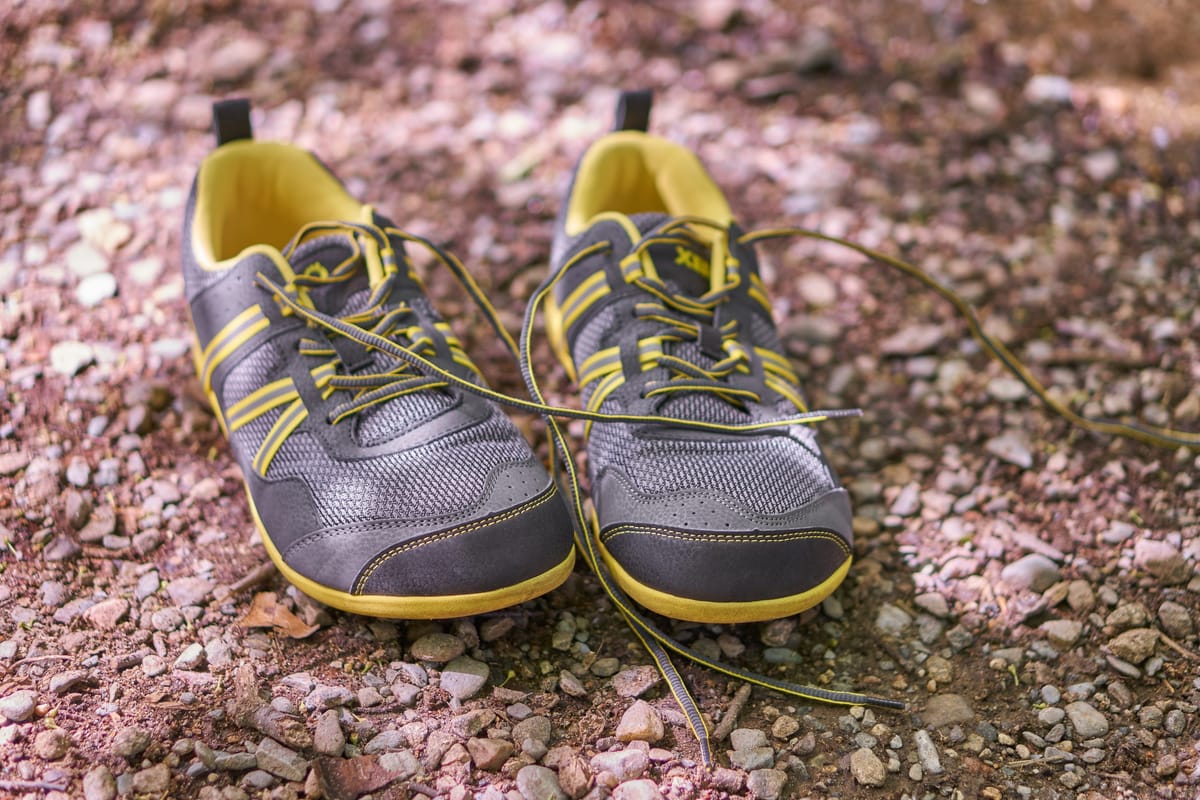
After making a name for themselves with their numerous sandal options, Xero Shoes have released their first dedicated running shoe: The Prio. Xero sent me a pair to test and review for BirthdayShoes readers, and in short, the Prios are relatively lightweight, flexible, and quite versatile; a good all-arounder to tackle most our your favorite indoor and outdoor activities.
Read on to hear my thoughts on Xero Shoes’ first shoe!
Overview
Here's what Xero Shoes says about the Prio:
The Prio is about proPRIOception. Your feet are supposed to move, bend, flex and feel… the Prio lets you do that. Take ‘m for a spin and FEEL the Freedom, FEEL the fun, and FEEL the World.
Weight — 8.68 oz (mens size 10)
Total Stack Height — 5.5mm FeelTru rubber + 2mm insole (non-removable) = 7.5 total stack height
Xero Shoes also provides an optional 2mm insole to add extra height, if desired, but it was not included in my box for me to test.
Barefoot scale — Average: With a 7.5mm stack height and good flexibility, the Prio is great for all types of activities and users. It provides okay groundfeel for experienced minimalist users, but are thick enough for transitioning and new barefooters alike.
Ideal Uses — Hiking, road running, gym/fitness, everyday kicks, trail running.
Pros:
- Wider toebox than previous Xero Shoes designs
- Durable sole with the best warranty in the industry
- Greater flexibility than other Xero Shoes sandals
- Excellent standard color options
- Relatively breathable
Cons:
- Could use more color options
- Feels a bit slow, compared to other shoes
- FeelTrue rubber is a bit denser and “tappier” than other rubbers
- Could be a bit thinner, though it strikes a good balance overall
- Some odd stitching and upper concerns
Price — $89.99
Sizing — In my experience, Xero Shoes tend to run a bit narrower than other minimalist shoes.
I would recommend sizing up if you have wide feet. I usually wear a 42 EU 9 US, but I wear a size 10 US with the Prio.
Take a spin around the Xero Shoes Prio via these photos:
Sole
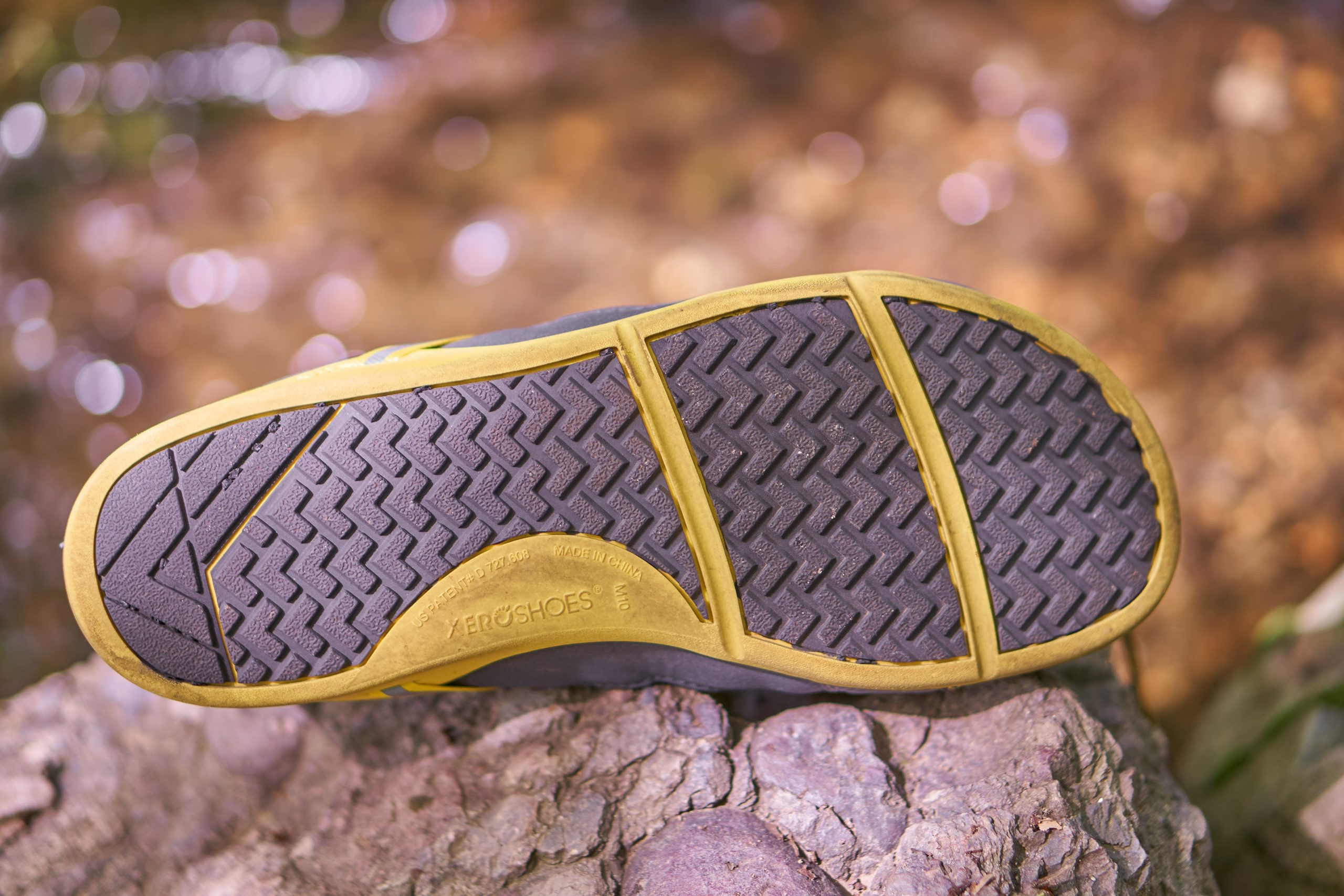
The Prio uses the same a 5.5mm, Xero Shoes exclusive, FeelTrue rubber sole that is featured in many of their sandals and upcoming shoes. The sole itself is very flexible, dense, somewhat heavy, and provides good groundfeel. Xero Shoes has been using this sole for a couple of years and all shoes made with this material have a 5,000-mile warranty—an unprecedented offer. According to Xero Shoes, if you ever wear down the sole to 1mm at the heel or ball of the sole, they will replace the product at 60% MSRP, plus shipping. Xero Shoes also provides a 12-month manufacturing warranty for the everything else besides the sole.
While I would have preferred a full 100% replacement, Xero Shoes is very confident in their designs, and it is nice to see producers stand behind their products.
Unlike most rubber soles, the FeelTrue sole is not a flat slab of rubber. Instead, all FeelTrue soles from the DIY sandal line to the entire range of Amuri sandals (Venture, Cloud, and now the Prio) feature a hint of toe spring at the front tip of the foot, a subtle arch and heel cup. A few other sandals have started implementing some small shapes into their rubber, but Xero Shoes was one of the first. These small inclines are not meant to be arch support or anything of that sort, but rather enhance the feel and stability of their sandals and shoes so that they hug the natural curves of your foot ever so slightly.
In my experience, all shoes will naturally create hills and valleys are you wear them, but the small “pre-wear” of this type is a welcome thought and does not distract from the enjoyment of minimalist wear.
Xero Shoes’ sandals usually feature elevator anchor points as well, which aid in the durability of their nylon straps.
Traction is very good with this sole. The bottom is covered chevron arrows that are oriented forward in the top 70% of the sole for uphill grip, while the bottom 30% of the sole features downward facing arrows for downhill stability and confidence.
The chevron claws are sized right: deep enough to dig into dirt, mud, and rocks, but not too deep as to prevent a smooth ride on tarmac.
Unlike some of their sandals, the Xero Shoes Prio soles have three flexibility cuts or grooves that run across the bottom of the sandal around the toes, the ball, and the heel to enhance the flexibility of the 5.5mm sole. These are a welcome addition as I found the other implementation of the Xero sole (on the sandals) to be a bit less flexible than comparable soles of the same size; this is due to the higher density of the rubber used. These cutouts make the Prio very flexible and packable for travel, such as balled up in your carry-on bag.
Out of all the sandals and shoes that I’ve tested in the last few years, the FeelTrue soles are among the most durable. They show very little wear over hundreds of miles. The super dense rubber in the FeelTrue sole really does provide enough staying power to reach that 5,000 mile warranty.
This durability, while excellent, does come with a couple of drawbacks in terms of weight, comfort, and “slap”.
The density of the sole adds a noticeable amount of weight compared to other sandals. At 8.68 oz for just one foot, the Prio are heavier than a Bikila EVO (and even the heavier Bikila LS) by nearly 2 oz. With a similar profile of ideal uses, that places a single Prio shoe in a ballpark that is heaver than a full pair of KSO EVO or two pairs of Gladsoles in their lightest configurations.
Typically, there is a compromise between pure rubber and foam in terms of sole construction. Using more rubber provides better durability and grip in a denser sole, while more foam will give better comfort and quietness in a less dense sole. I’m not talking about comfort as in cushioning—we are talking about soles between 3-8mm thick for most running sandals—but materials that use more foam will conform to your foot more quickly and be more comfortable to land on than those with more rubber, but this softness comes at the cost of durability and a softer sole material will begin to break down earlier than something denser, such as FeelTrue soles.
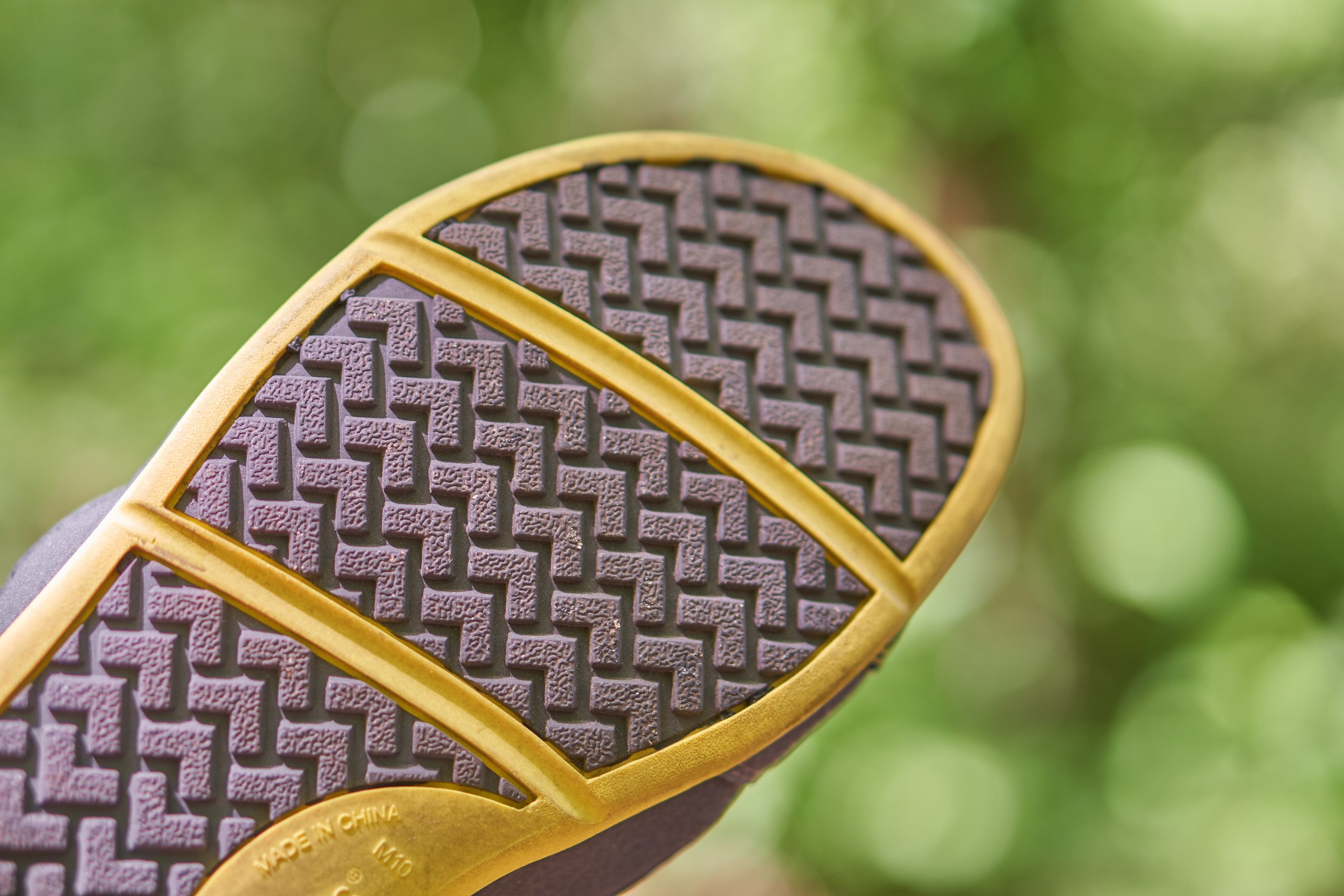
In my experience, I have found FeelTrue soles to be slightly “slappier” than other sandals and this is due to their higher density when compared to other soles. With a proper running form, all sandals are much quieter. Landing below the center of gravity, maintaining bent knees, and light forefoot or midfoot strikes will go a long way to make your runs more silent. However, the FeelTrue sole is slightly louder by comparison to other soles.
Since the Prios can be pretty slappy and its dense sole is not very forgiving, the Prios are an excellent tool for teaching good running form. The denser material can help train better form through its auditory cues; the quieter you are, the better your form.
Fit and Materials
The Prio is a colorful blue-or-yellow on dark gray running sandal with a breathable mesh upper and a few bells and whistles from Xero Shoes.
The shoe is constructed of vegan-friendly materials, mainly a nylon mesh and two layers of a matte faux-leather. The faux leather does not feel all that great to the touch, but is incredibly durable. After much bushwhacking, they never showed a single scratch.
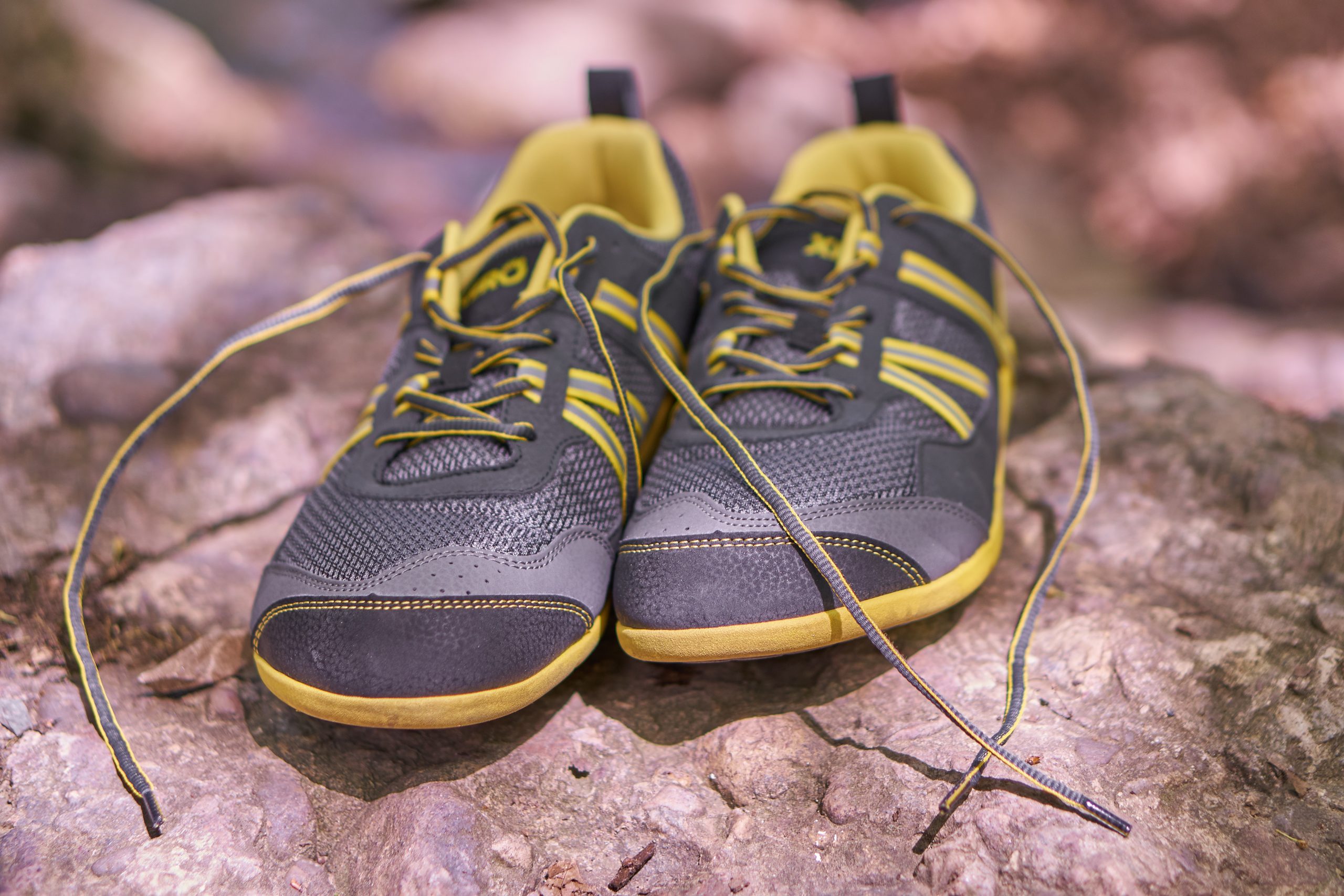
In terms of durability, the Prio have held up fantastically. Of course, the sole is great and will take just about anything I throw at it, but the rest of the shoe has also demonstrated its toughness. There is some minor wear and discoloration on the edges of the sole and the flex groove cut outs, but everything else has been great after about 200 miles of testing.
I did notice a tiny bit of texture rubbing off around the ball of the sole, but that is to be expected over such a long testing period. By comparison, comparable Vibram soles exhibit slightly more wear, depending on the rubber compound.
The Prio feature an adjustable instep strap; called the “inverted V” strap, that allow you to lock down the shoe for better adjustment. You can think of these are pseudo bungee cords on either side of the shoe. Simply tug on one side of each “V” to tighten up that section of the shoe. It’s a petty simple system that works well. Unike a proper bungee, it is not a locking system and it may loosen up over time, but another quick tug would put everything back in place. I honestly would not want to replace this with a locking mechanism as it may take away from the aesthetics with little payoff. I honestly did not use them too much, but I can see some folks wanting to tighten their instep.
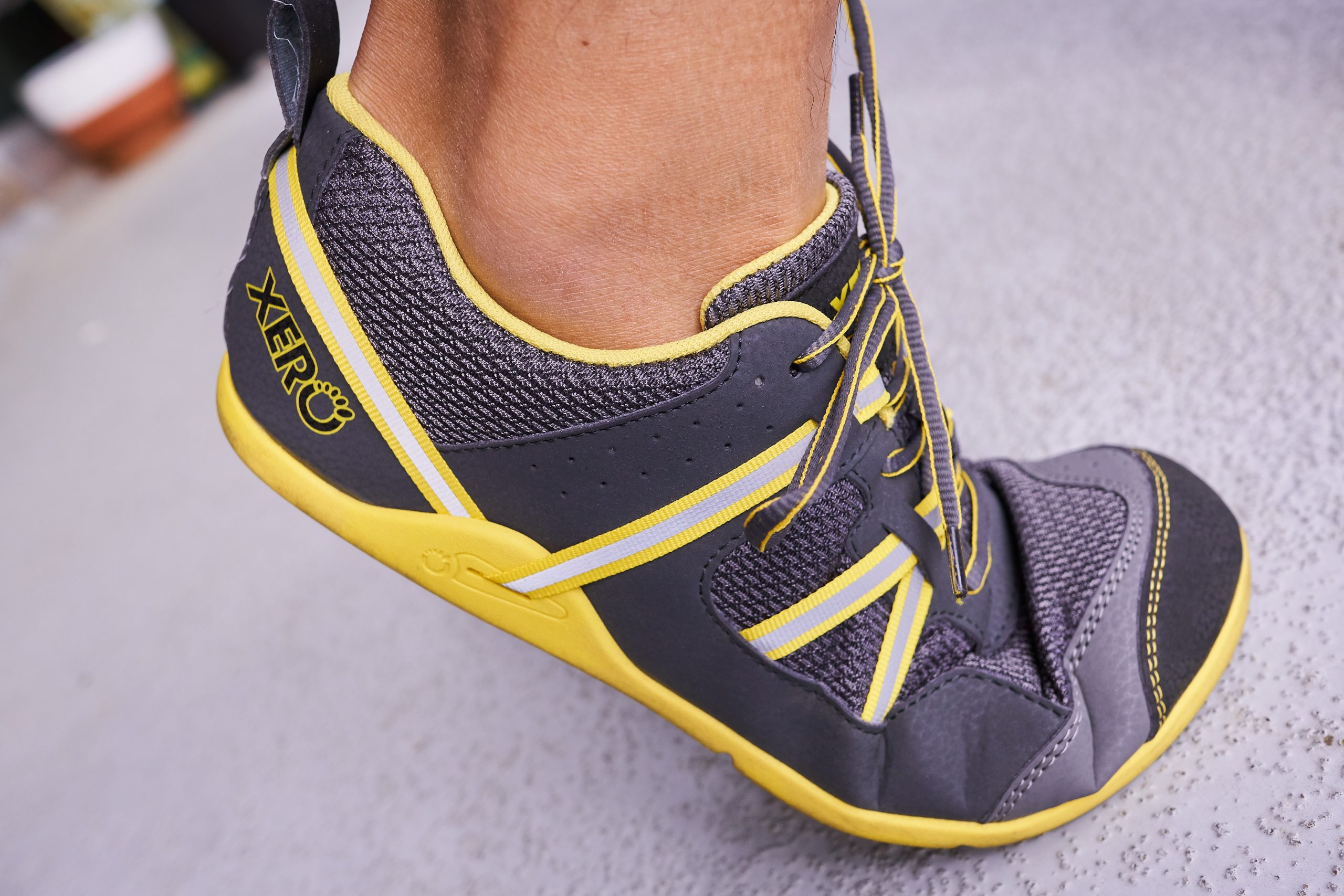
Personally, I think the Prio is a good-looking shoe. It is not the flashiest or the most unified design, but it is as least unique. The straps are not just for show and have a useful function, but the base color is a bit drab and I wish there were more than two color choices.
Performance
The Prio is a good choice for many types of activities: An excellent all-arounder. It is not the fastest nor the most trail-ready, but it strikes a fine balance that is more tuned towards the new enthusiast runner. I personally would prefer something in the 5-6mm range, but the Prio does provide a good amount of groundfeel and flexibility, but is not too jarring for newcomers.

Overall, the Prio can be thought of as Merrell Vaporglove competitor. Both are minimalist runners that are excellent for road running, but with a fair bit of trail cred. However, I think that Xero Shoes beat Merrell to the punch this time around.
The Vaporglove 3 just released and after three generations of that shoe, I am still a bit disappointed by its narrow toebox, reported reliability issues, and lack of changes throughout the five-year history of the line. The Prio, on the other hand, is a hardier and more comfortable shoe.
Good show, Xero Shoes.
One thing that I noticed was that the Prio is not exactly the fastest shoe in my stable. It can a combination of its rounded shape or its weight, but I can run much faster with a pair of Vapor Gloves and even Vibram Bikila LS; though the V-RUN/Bikila EVO are about the same. It can all just be a matter of aerodynamics, but the Prio is more of a running enjoyment shoe, rather than a race shoe.
I also found that it was excellent for the gym. The relatively wide toebox is great for squats and jumping rope and the v-straps are good for those who want to lock down their shoe and perform cutting motions.
Summary
The Xero Shoes Prio is a good all-around shoe that can bring you lost of enjoyment, whether you are a runner, hiker, or fitness enthusiast. Its sole is among the most durable in the industry, and its design has good flexibility. If you are looking for a sleek-looking racing flat-type minimalist shoe, you might want to look else where; this shoe is about getting back to nature and enjoying it at a more leisurely pace.
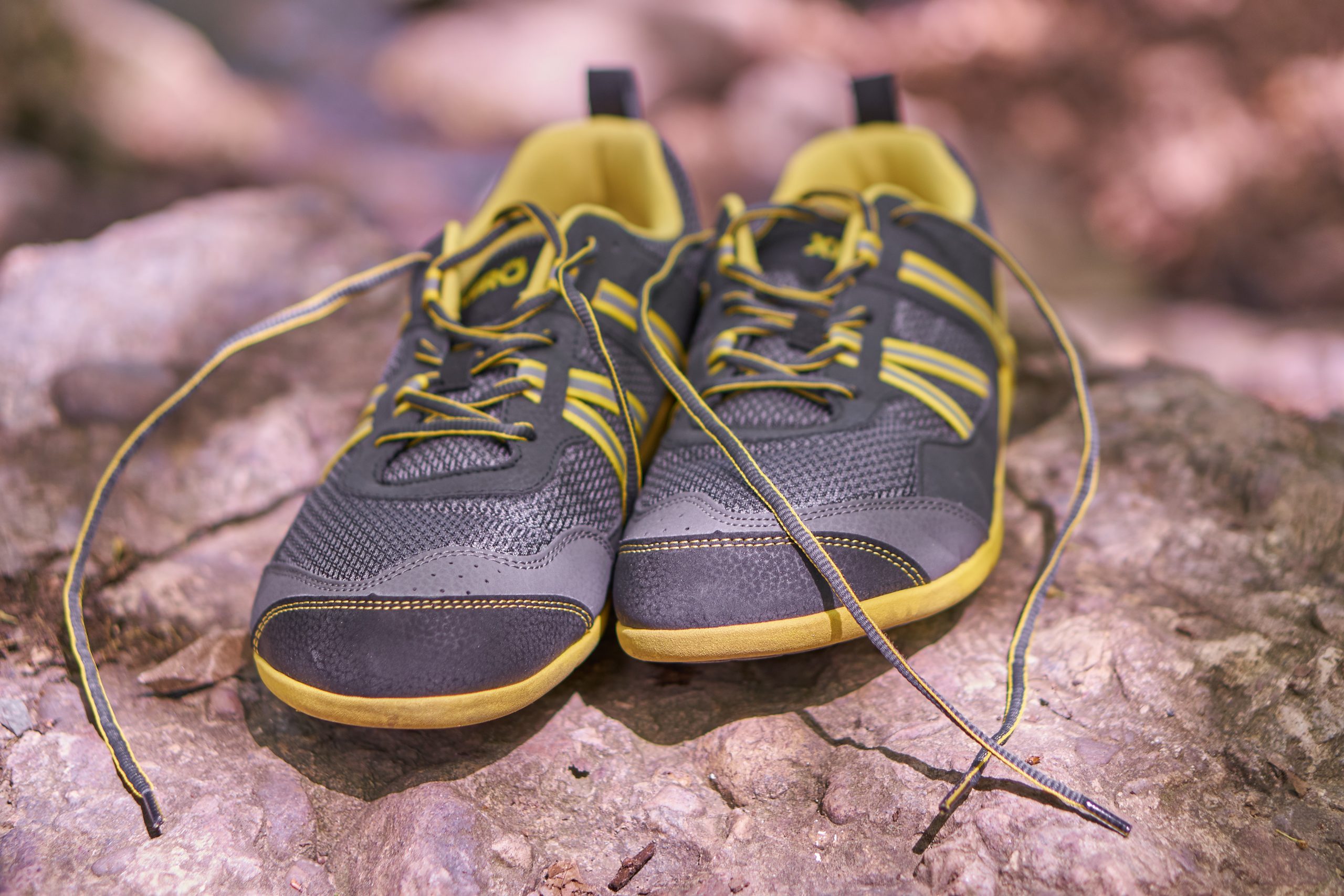
Overall, this is a great shoe, depending on your needs. I was glad that Xero Shoes decided to come up with new designs and they are not overly geared towards the masses, but something that just about anyone can enjoy. If you're interested in picking up a pair of the Prio, they MSRP at $89.99 and you can get them over to Xero Shoes.
In the future, I would like a “Prio Cloud” shoe with less weight and more speed!

